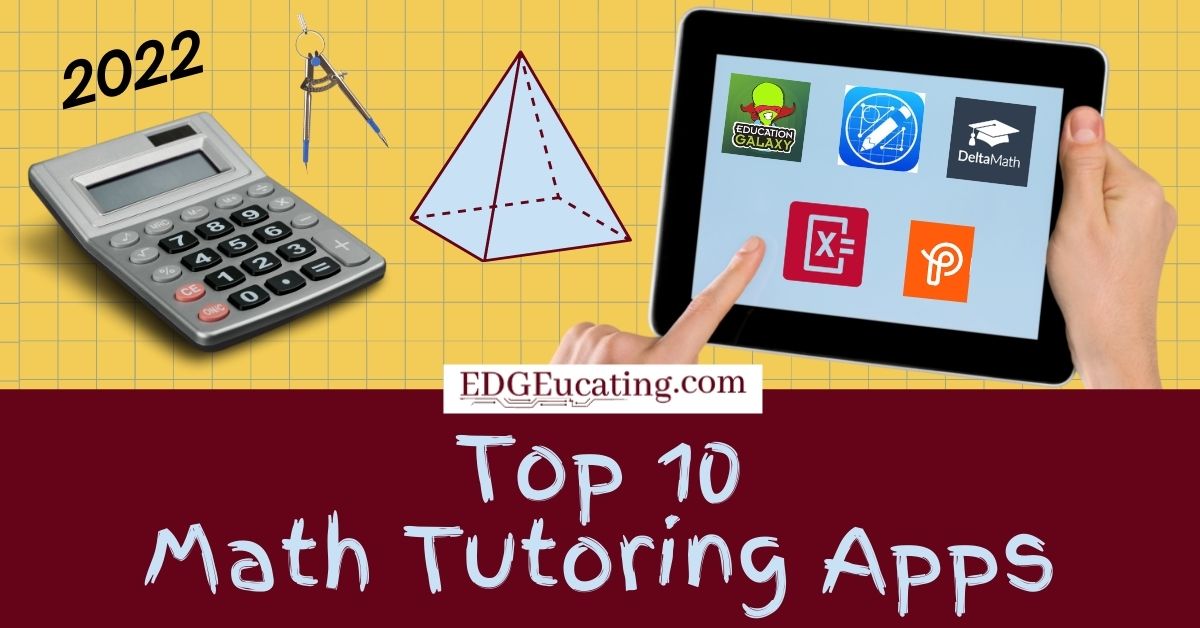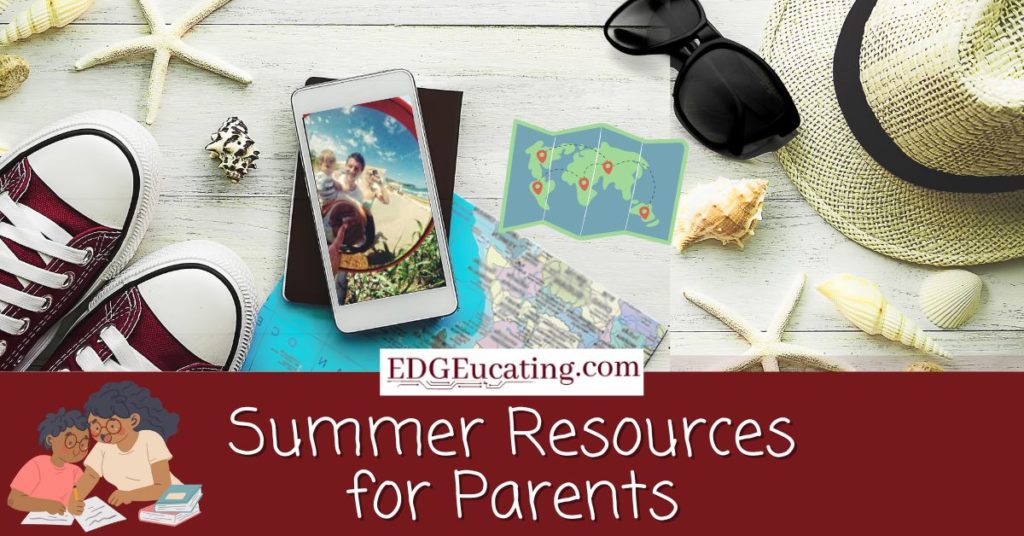Summer is just around the corner, which, depending on where you’re located, probably means it’s warming up. Synonymous with this warming trend is a break in the education processes for students. In other words, school is out. Just as summer brings fun with friends and family vacations it also brings the missing of friends and teachers and learning loss.
The research is clear. Summer learning loss is a significant problem, playing a surprisingly large role in creating the achievement gap. Low-income students can lose vast amounts of learning over the summer due to their lack of access to the same enriching activities as their higher-income peers, such as vacations, visits to museums and libraries, or even just time spent with family discussing academic concepts or everyday events.
What does the research say?
Alarmingly, research suggests students may lose more than one month of reading knowledge during the summer, and the losses in math may be even greater. On average, students lose approximately 2.6 months of learning in math over the summer — and teachers have to give up weeks of class time, or more, to make up for that loss. Schools and communities have leaned into this challenge, finding more ways to partner with low-income families to ensure their children keep reading throughout the summer. Unfortunately, these programs aren’t enough and don’t address math at all.
How can you support summer learning?
Summer learning loss is a real problem. So what can teachers do to help? The biggest help is to offer parents and students information. Start by sharing the stats and educating parents and students on the importance of continuing learning over the summer. The next step is to offer them resources. It is likely that they don’t know where to begin or what to do. This information will look very different depending on the student population that you serve. If you work with parents who have the means you may want to offer products or services that students might be interested in at a cost. If you serve more low-income families, you should offer more in the way of free options. Either way, you should narrow it down to just a few options and focus on Reading, Writing, and Math.
In order to assist with this process, I have put together some resources that I found. You can find them below, sorted by subject area.
Reading Resources:
If you have students that can access books at the local library or that want resources to further extend their reading then start with a book is an excellent site. This website offers book suggestions by age and topic as well as extension activities to follow up on the book’s content or topic.
For preschool, through 1st-grade students, you can suggest PBS Kids for games that will help students practice their reading skills.
If you have students that are more interested in information or nonfiction, you should suggest Time for Kids. This website is FREE and offers informational articles that kids can read independently or that families can read together.
Your local library is an excellent resource to share with parents. What I mean by this is, to check with your local library to see what specific events they will be hosting and share these with parents.
Education.com offers free and paid resources for grades K-12. Although the free stuff is limited, there are activities available. It allows you to select the grade level you want to focus on, which is nice.
If you would like to offer a specific summer reading program, you might want to check out this article from a middle school teacher, Pernille Ripp, that shares her ideas for Creating Great Summer Reading Plans. She offers up some very creative ways to get students on board with summer reading that they will enjoy. You may also want to offer up suggested lines of books such as Usborne Books to give options that are more interactive or engaging, especially if you serve a population where you have parents that are willing to purchase books for their kids.
If your school wants to subscribe to programs or your parents want to do so, I highly recommend ABC Mouse as an option, particularly for grades K-2. They have a long-standing proven track record.
Reading Rockets has an excellent article with even more resources that you might find helpful.
Our previously written article on free reading resources, linked below, might be of assistance in identifying additional resources.

Math Resources:
FunBrain is a great FREE resource for math practice. Students can play games and learn math specific to their grade level.
Cool Math is a similar FREE resource for math practice that focuses on middle and upper grades.
This article from Parents.com offers an excellent list of math resources for parents.
If you have parents that are willing and able to make a more sizable contribution to their student’s education, I suggest looking into OSMO’s Genius Line. This allows students to work with math skills of a wide range of ages and skills.
Additionally, this article titled Simple Tips for Summer Math Learning From PBS Parents offers easy-to-implement ideas that are perfect for summer learning and free to put into practice. My favorites are turn chores into math learning opportunities and find math lessons in your child’s collection (seashells, baseball cards, etc.).
Our previously written article on math resources, linked below, might be of assistance in identifying additional resources.

Writing & Grammar Resources:
Writing is always the hardest to locate resources for, especially independent resources that don’t require personal feedback from a teacher or peer. I am focusing on writing apps that help students practice handwriting, grammar, punctuation, and composition.
iTrace is an app that can be found in the app store. This app gives young learners the practice they need to write letters and numbers. Customization options include letter style and the ability to specify right or left-handed, while fun animations and prizes keep kids motivated. The cost for this app is under $5.
Another great app is iWrite Words. This writing app helps kids practice counting as they learn to write. Learners drag a crab across the screen, following the numbered path to writing letters. Once the word is complete, they’re rewarded with a cute drawing. This app is about $3 and can be found in the app store.
Grammar Smash is an excellent FREE app for older students. This basic but effective app helps students by reviewing grammar guides and lessons. Students can also play games to practice their skills. This app is wonderful for ESL students. This app is only available on the Google Play store.
If you have students that already have a passion for writing you may want to use Nanowrimo.org as a resource suggestion. According to Common Sense, NaNoWriMo Young Writers Program is a thoughtful adaptation of the famous and fun grown-up novel writing contest and is brimming with advice and encouragement as well as classroom support.
Common Sense offers a wide range of suggestions for writing practice, view them HERE.
The previously mentioned OSMO’s Genius allows students to work with letters and numbers of a wide range of ages and skills. Just a reminder that this is a resource for parents that are willing and able to make a more sizable contribution to their students’ education.
Science Resources:
One of my favorite resources is Science Buddies. This site offers everything from local camp directories to science experiments that parents can do with their kids.
Another great resource for parents who have the means to invest financially is the economical KiwiCo kits. These kits are delivered directly to the student’s home and offer a new experience and skillset exploration with each kit. These crates make it fun, easy, and delightful for families to spend time building, exploring, and creating together.
In addition to these suggestions, you may be interested in abcya or National Geographic for Kids. Abcya offers a variety of educational games for K-5 that allows access to exact grade level(s). National Geographic for Kids offers fun informational videos for students. You can also find resources in the following articles:
Top 20 Distance Learning Tools in 2020
Customize By Your Population…
With such a vast list of resources, you are sure to find some that fit your parent and student population. The key is to offer options and keep your population in mind as you select said options. The more students stay engaged with learning over the summer the easier your job will be next school year. This means you are helping parents by making suggestions, but you are really helping yourself!
EDGEucating is all about community sharing. Please share any additional resources that you might have that aren’t included in this article in the comments so that we can all benefit from each other. Enjoy your summer!



